Examining sewage can reveal where and when the pandemic is emerging, providing scientists with a warning system of COVID-19
At this water treatment plant in Amsterdam samples of sewage are carefully collected and sent to the KWR Water Research Institute.

- Dutch researchers say by measuring the amount of virus is in the water they can begin to calculate whether the numbers of the virus cases are rising or slowing and then advise health officials accordingly.
- They say this could help to inform officials to recognise an outbreak, or perhaps support evidence for a localised lockdown.

- KWR's principal microbiologist Gertjan Medema says: "The beauty of the finding was that in several cases we found the virus even before the first cases were reported. So meaning that a sewage signal could be an early warning signal for the emergence and now we hope also for a reemergence of the virus circulation."
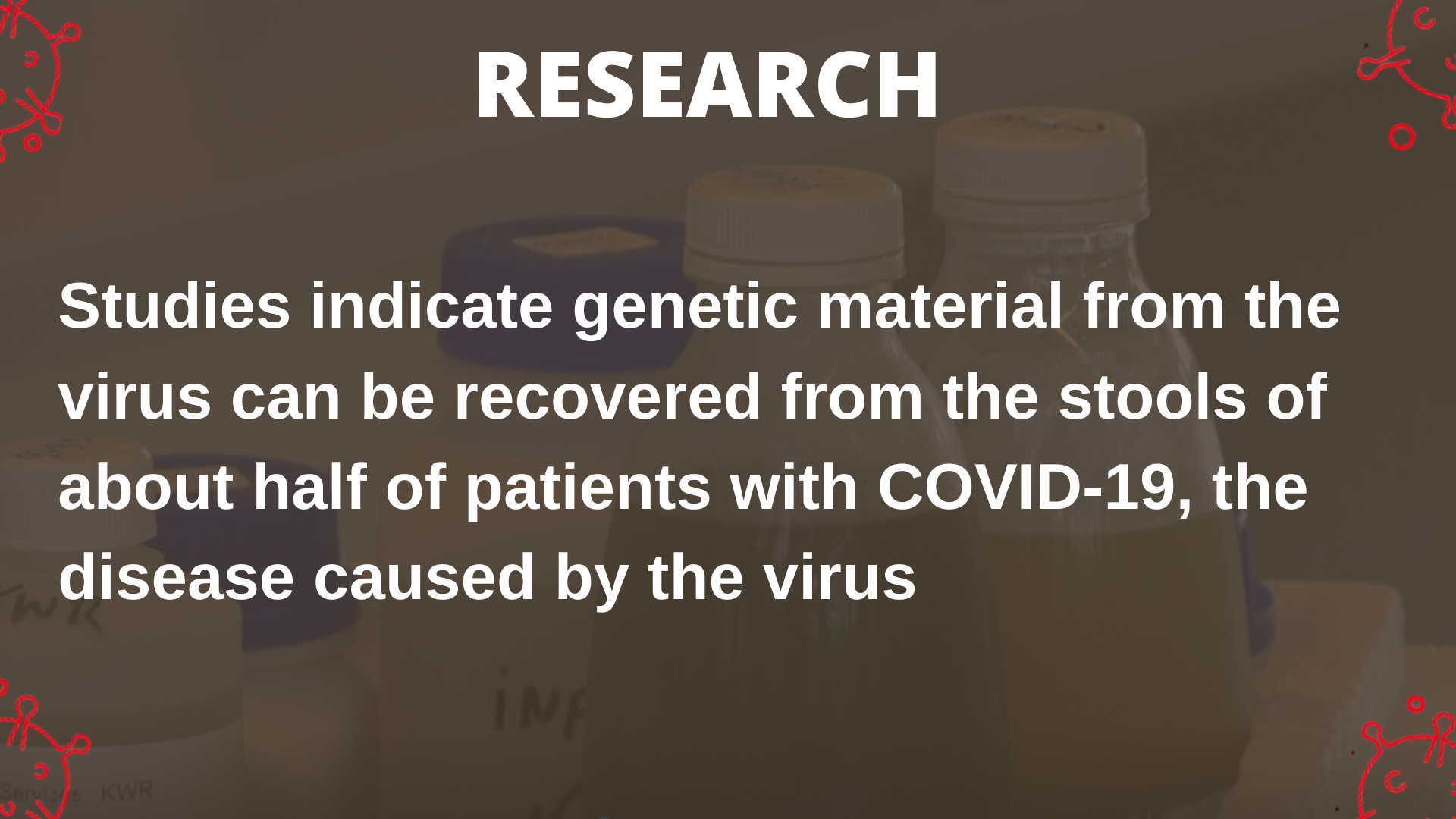
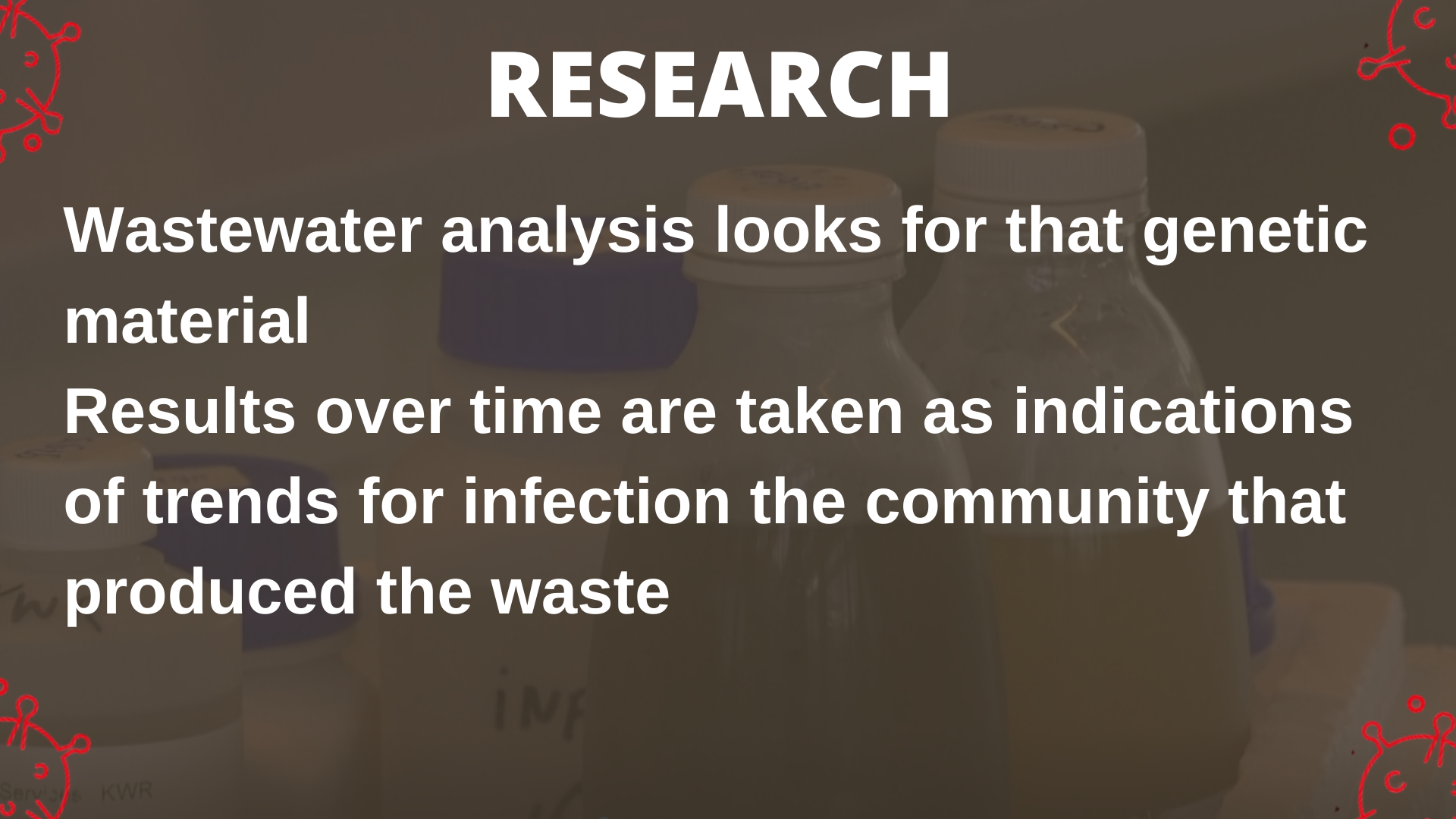
"We think we can see in the sewage what the virus is doing in the population. So if it's going down, which we see in several of our cities or we see signals, that is that it's not going down further so is that an effect of the reopening of society. We even see an increase in some cases," says Medema.
They can't tell how many infected people a community has from the RNA levels in wastewater, just indicate overall trends.
"Sewage surveillance is particularly strong if it's population surveillance and it's a large population because then the variability evens out," says Medema.
He explains: "It is possible, of course, to go upstream in sludge, to sample certain areas to find if certain city areas are more prone to or have more virus circulation than other city areas. We have not done that here We are considering that. I know they've done it in Istanbul, for instance, where they've used it to localize or do a more localized analysis."
This could be particularly useful in alerting local government officials who are who face decisions over whether to take the drastic and often unpopular step of total lockdown.
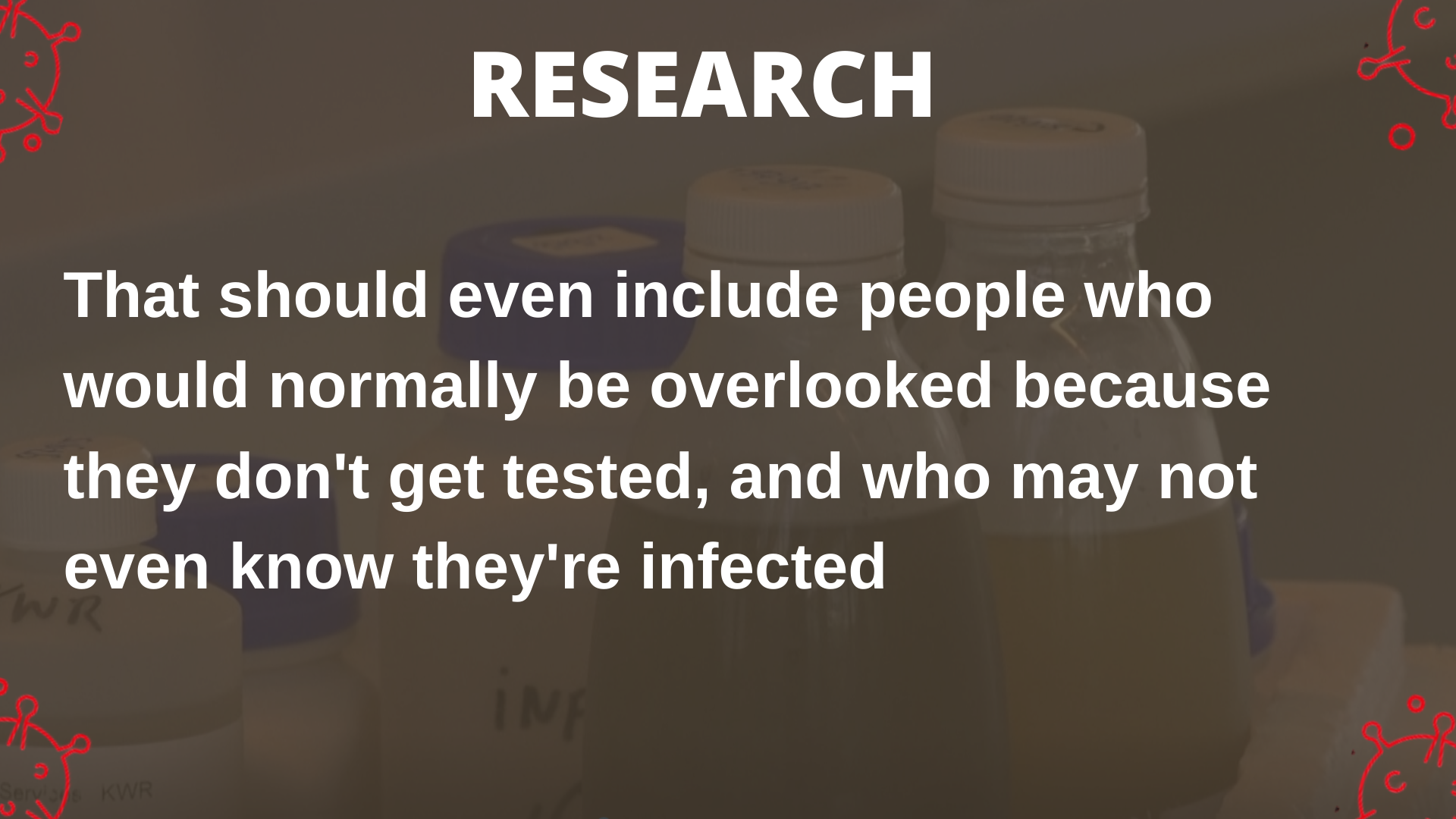
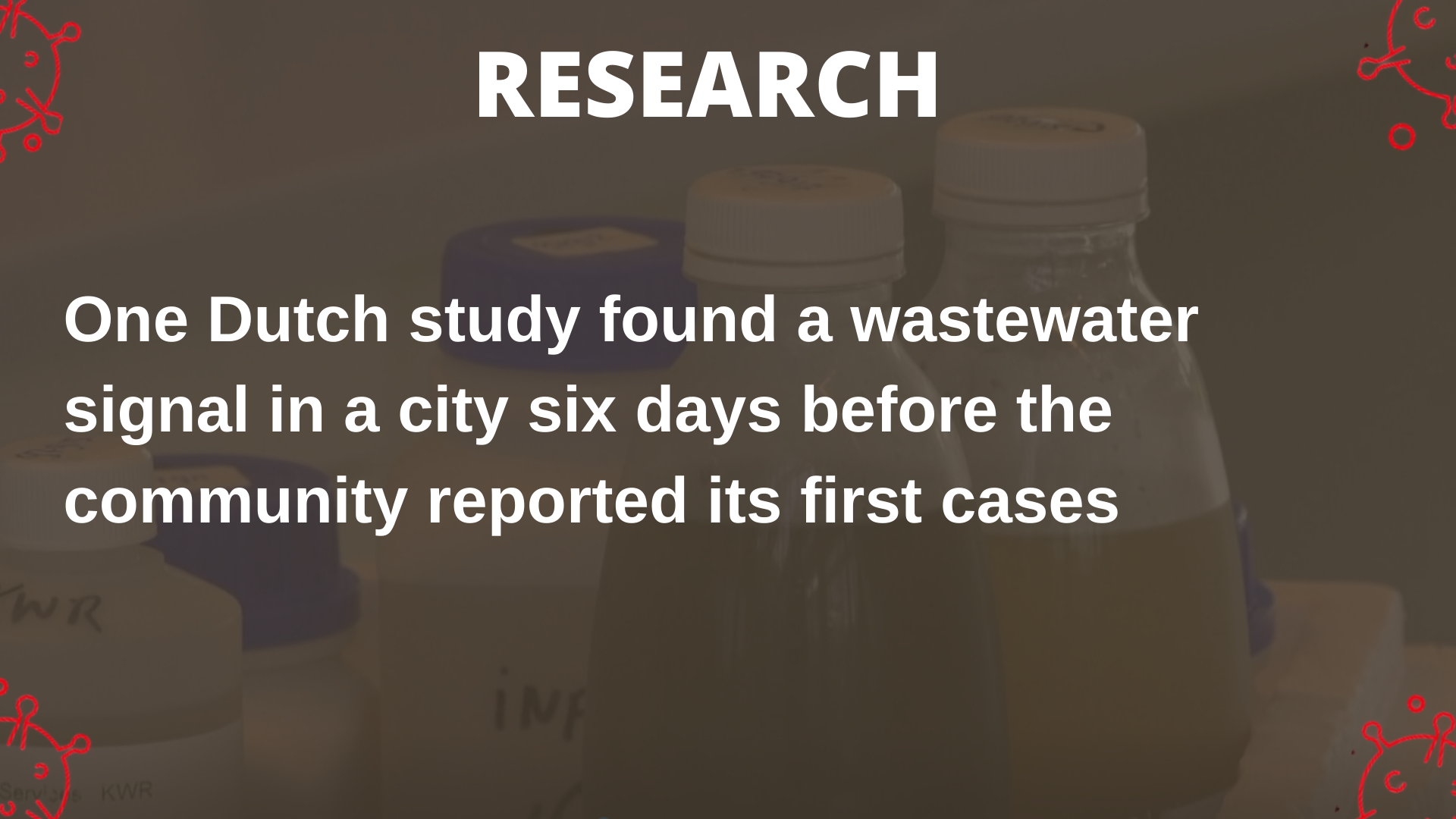
Dr Hauke Harms is a microbiologist and head of the Helmholtz Centre for Environmental Research said "You need a certain minimum number of people to have the chance to find a signal because the signal is very fast, it flows through the tubing and then it's gone. So the more people are connected, the more wastewater from different houses is collected the higher the chance that you find something. So we start at the wastewater treatment plant where everything comes together. If we have enough people in a certain neighbourhood or a certain quarter of a city, then we could also go there where this water flows together and say something more about the exact location within the city."
By creating a standard sample Harms believes it is possible to make further calculations about the level of COVID-19 in the population.
"We can, of course, calibrate the system, so one can add a virus to wastewater and do the whole procedure of preparing the sample and analysing the RNA and then you can tell of course we need a hundred copies to find something (for example), but we can also calculate the infected number of people we need to get a signal and there we already know we are in the range which the political decision about measures to be taken, (such as) shut down something. This limit is about 50 new infections per week per 100,000 people, so this we can match actually," he says.
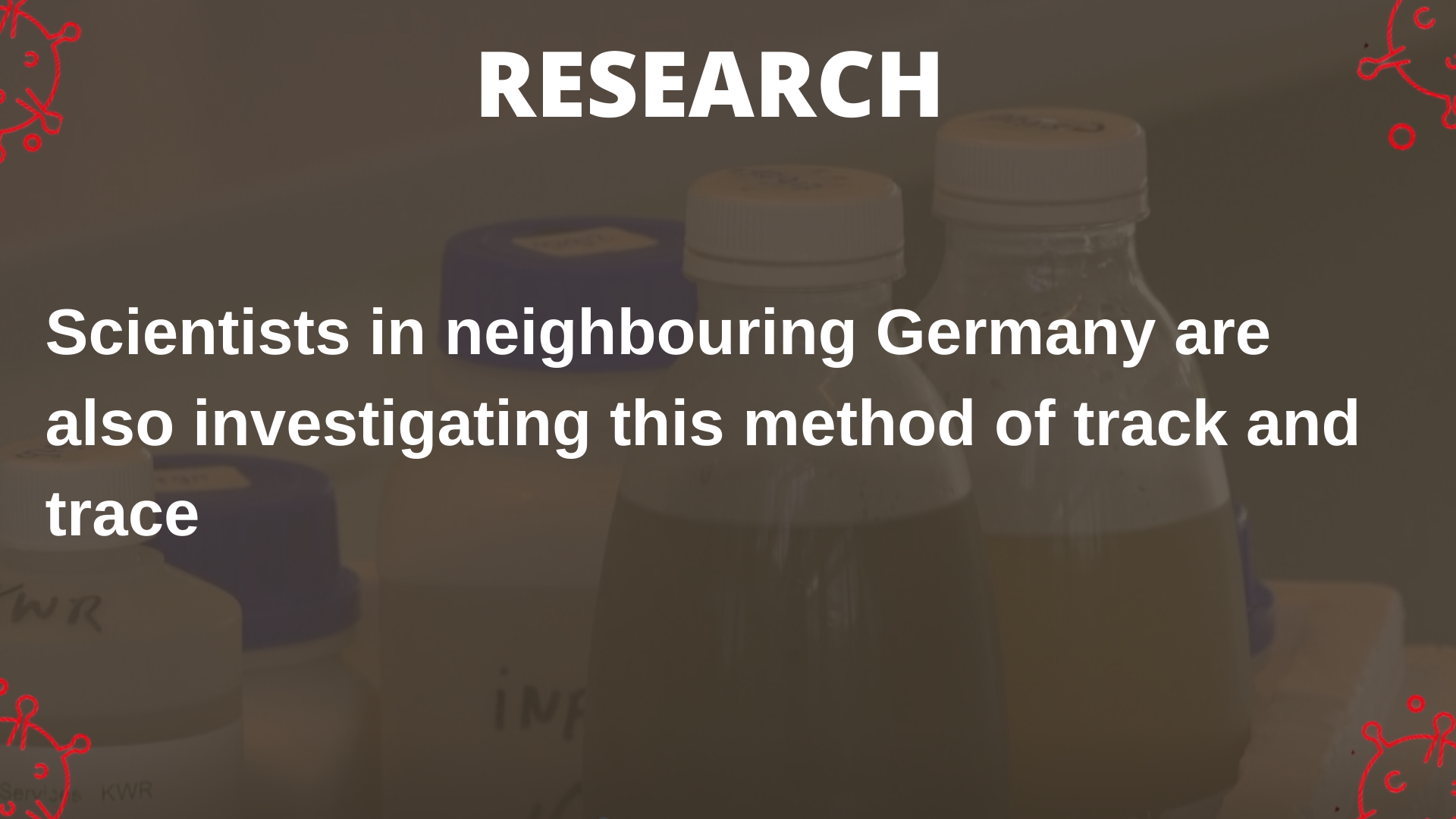

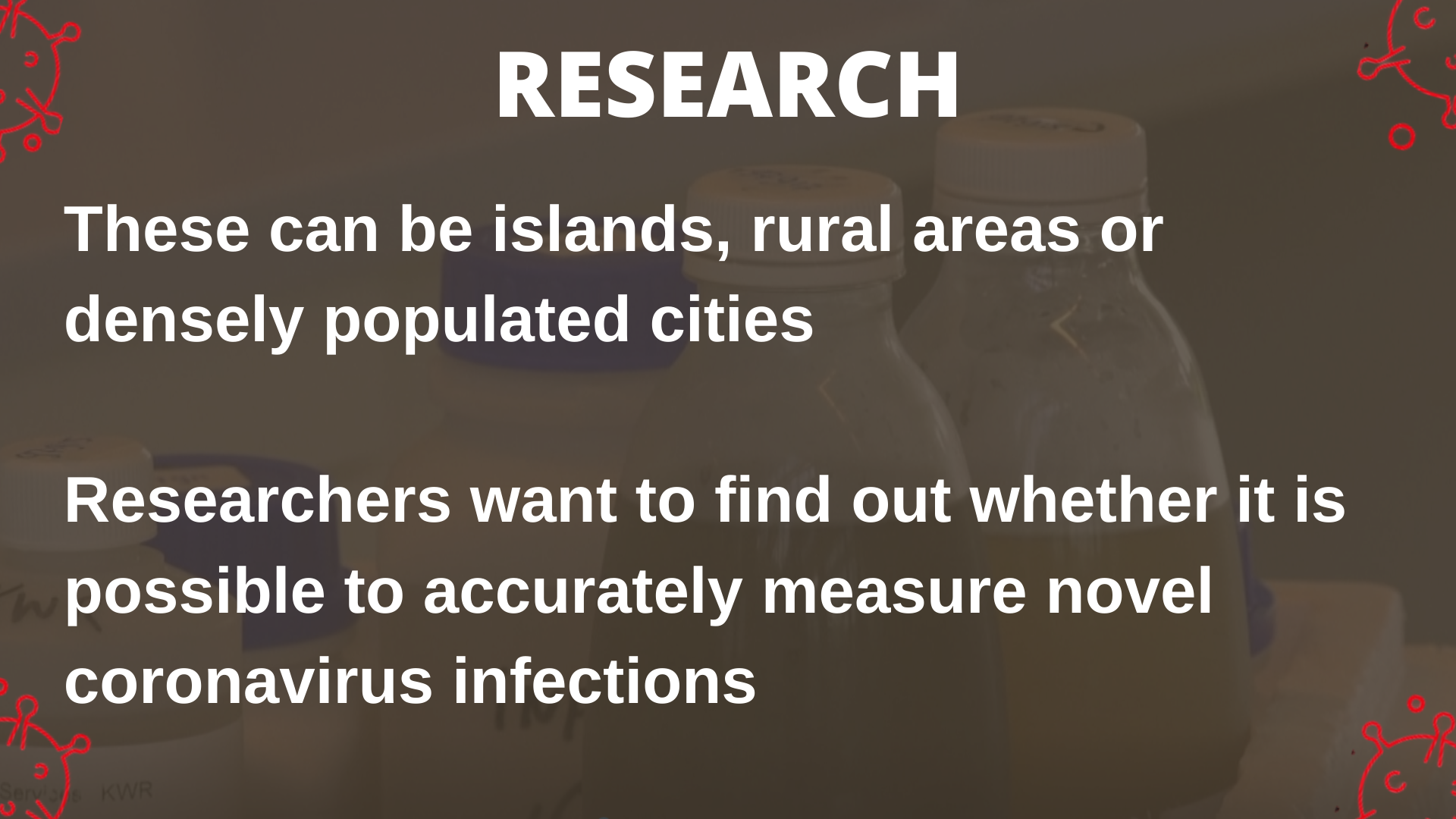
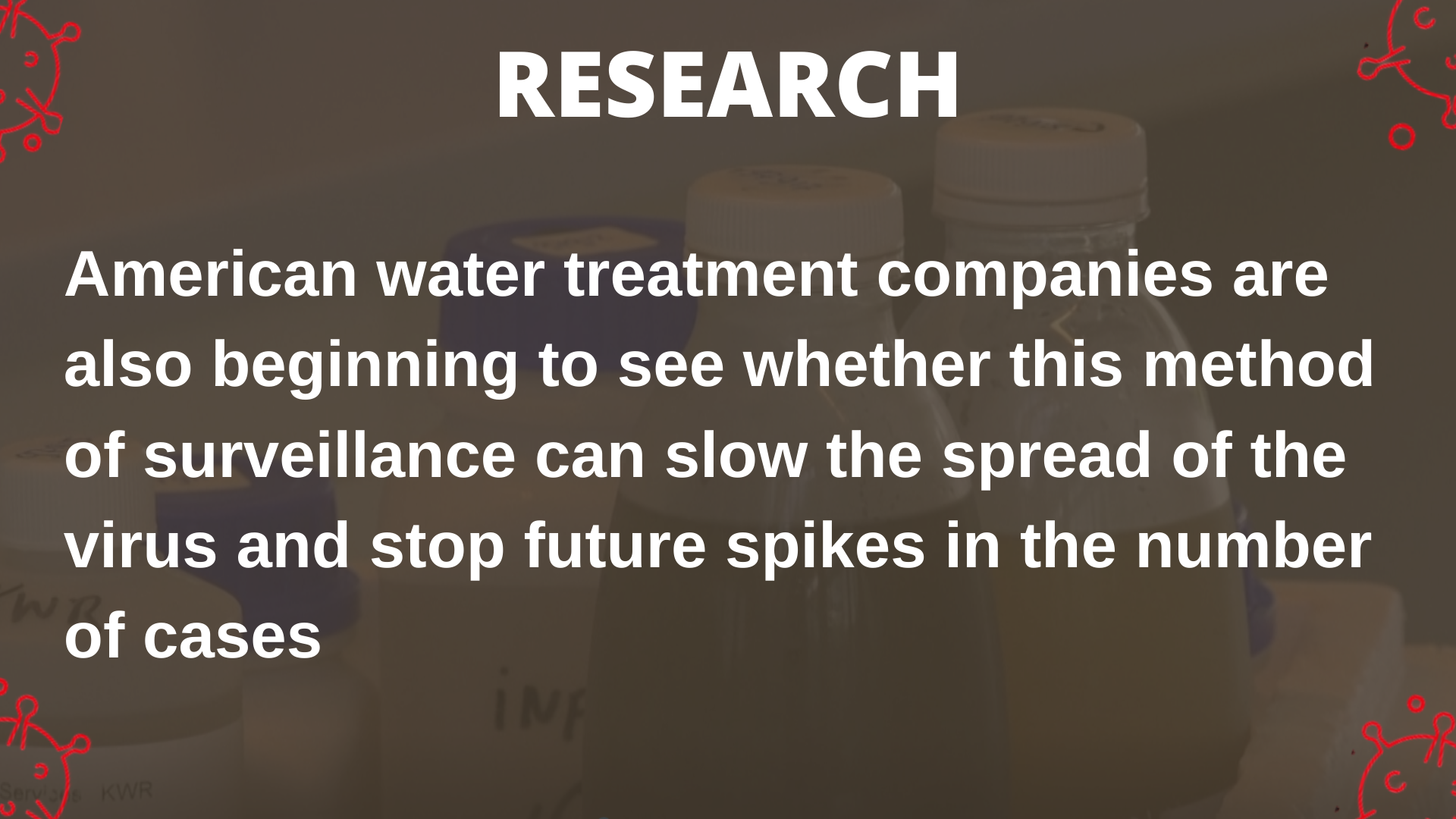
Matthew Meyer the County Executive for New Castle in Delaware says: "We get the sewer data which shows us who's dumping virus, shedding virus into our sewer system today, or this week, or last week and then usually within a week or two, that starts to reflect in the testing data and then subsequently in the hospitalisation data."
Because our waste is such a good mirror of our society Medema believes it will become a trusted method of tracing the use of different types of drugs, illegal or pharmaceutical as well as infections.
He says: "Because of the high profile of this pandemic, I see that many people are now recognizing that sewage is more than just a wastewater carrier. It's also an information carrier."
Scientists are still asking questions: How does the viral shedding in stools vary by different stages of infection? How can lab results produced by different methods be compared? And how are samples affected by the characteristics of different sewage systems, like the amount of dilution and how long the waste spends in transit before it is sampled?
They're still working to get answers.
Also Read: Features Specifications and Price of ROG Phone 3, gaming smartphone launched by ASUS
(AP)



